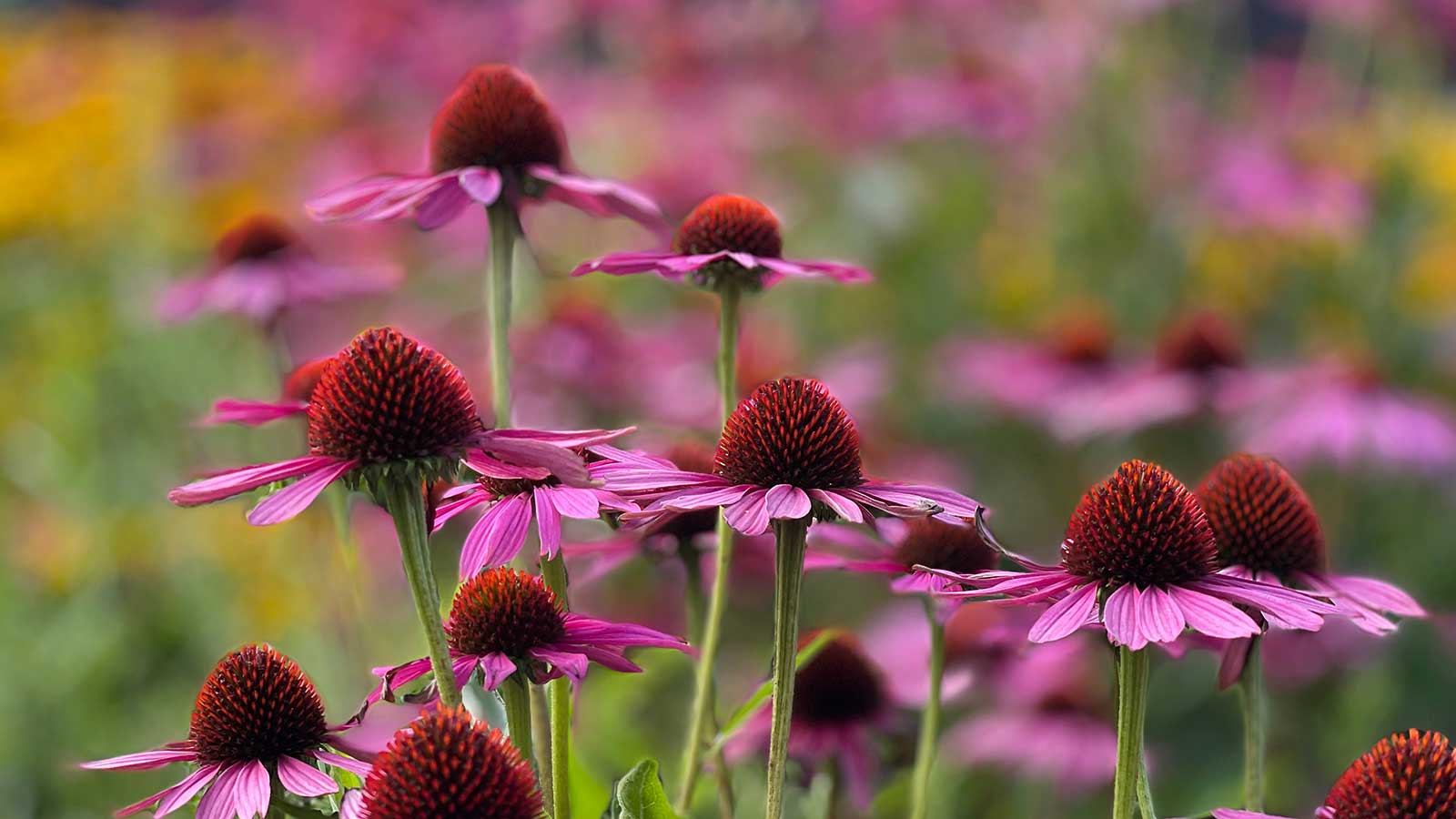
When you look at those colorful plant tags tucked into the pots at the nursery, there’s usually a tempting picture on the front and, on the back, some text. Apart from a short description and some advice on the conditions the plant prefers, you’ll find something that may seem little puzzling: 'Zone 6' or 'Zone 7', perhaps only 'Z6' or 'Z9'.
When you see 'Zone 6' or 'Z6', this refers to a hardiness zone, and is a guide to the winter temperatures that the plant will survive. But what does it mean?
Hardiness zones create a way for us to easily understand which plants will thrive in our part of the country. This allows us to avoid planting varieties in our gardens that have no hope of survival. Some plants are adapted to survive cold winters, some are not. And there’s no point planting a variety that is not built to survive the winter temperatures in your area. But the zones provide the answer. Here, we delve into much more detail about what this means, and the plants that will thrive if you live within US hardiness zone 6.
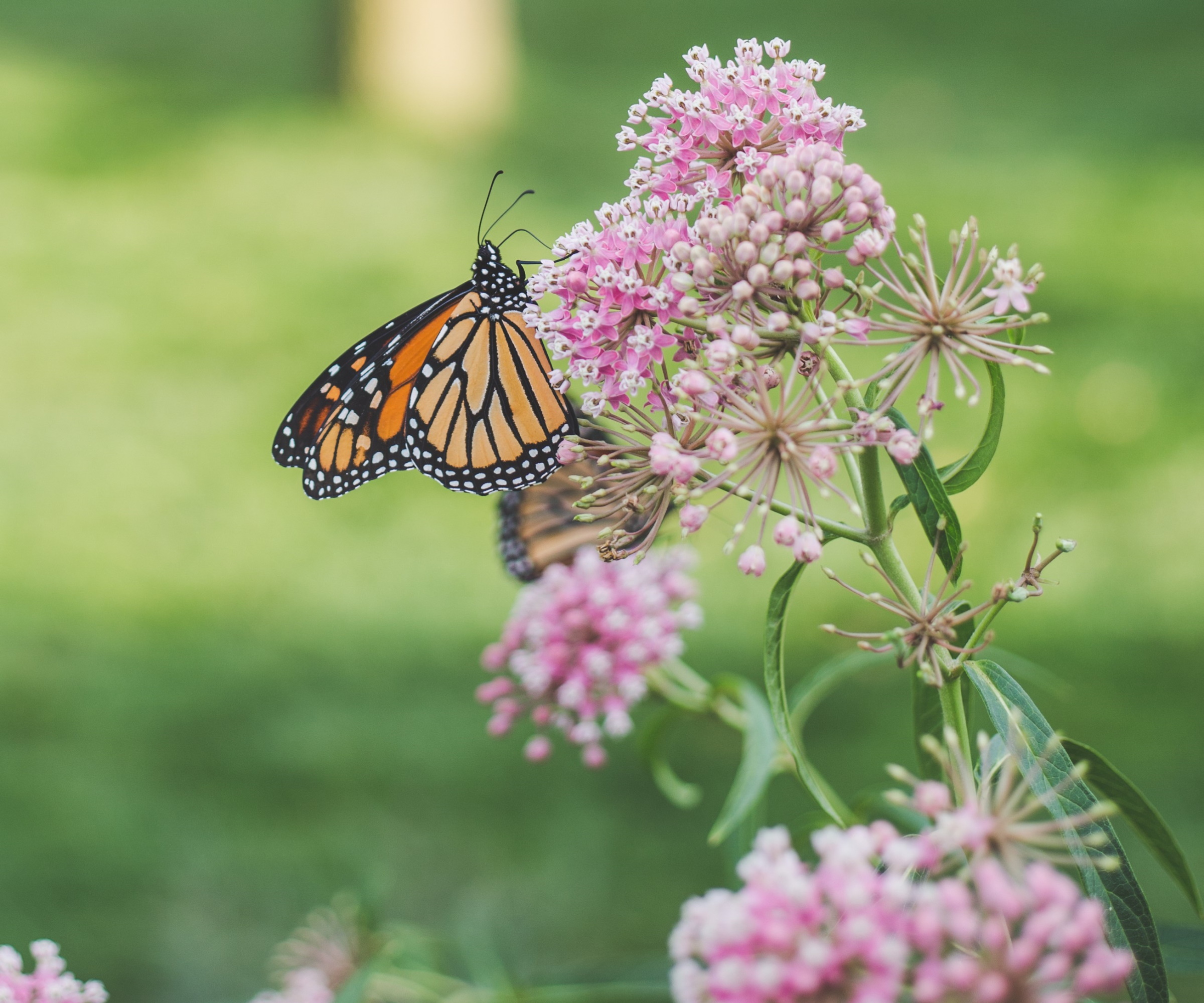
US hardiness zones explained
After years of research using data supplied by weather stations across the country, the United States Department of Agriculture (USDA) created a hardiness zones map that divides the country into 13 zones, according to the average lowest winter temperature recorded at those weather stations.
Zone 1 is the coldest zone, with lowest winter temperatures of down to -50F, only a very small part of the country – and very few plants – fit here. At the other extreme, zone 13 is the warmest, with winter temperatures no lower than 60F – this covers only a very small tropical area.
For additional accuracy, each zone is sometimes split into two subzones, zone 6a and 6b, for example, but this level of detail is not always needed.
At the same time, professional horticulturalists and expert home gardeners across the country used their knowledge and experience of the lowest winter temperatures tolerated by all the plants we grow, to give each plant a rating that corresponds to a zone on the map.
All you need to do is match your zone with the rating given to the plants you’re thinking of planting.
Choosing plants for Zone 6
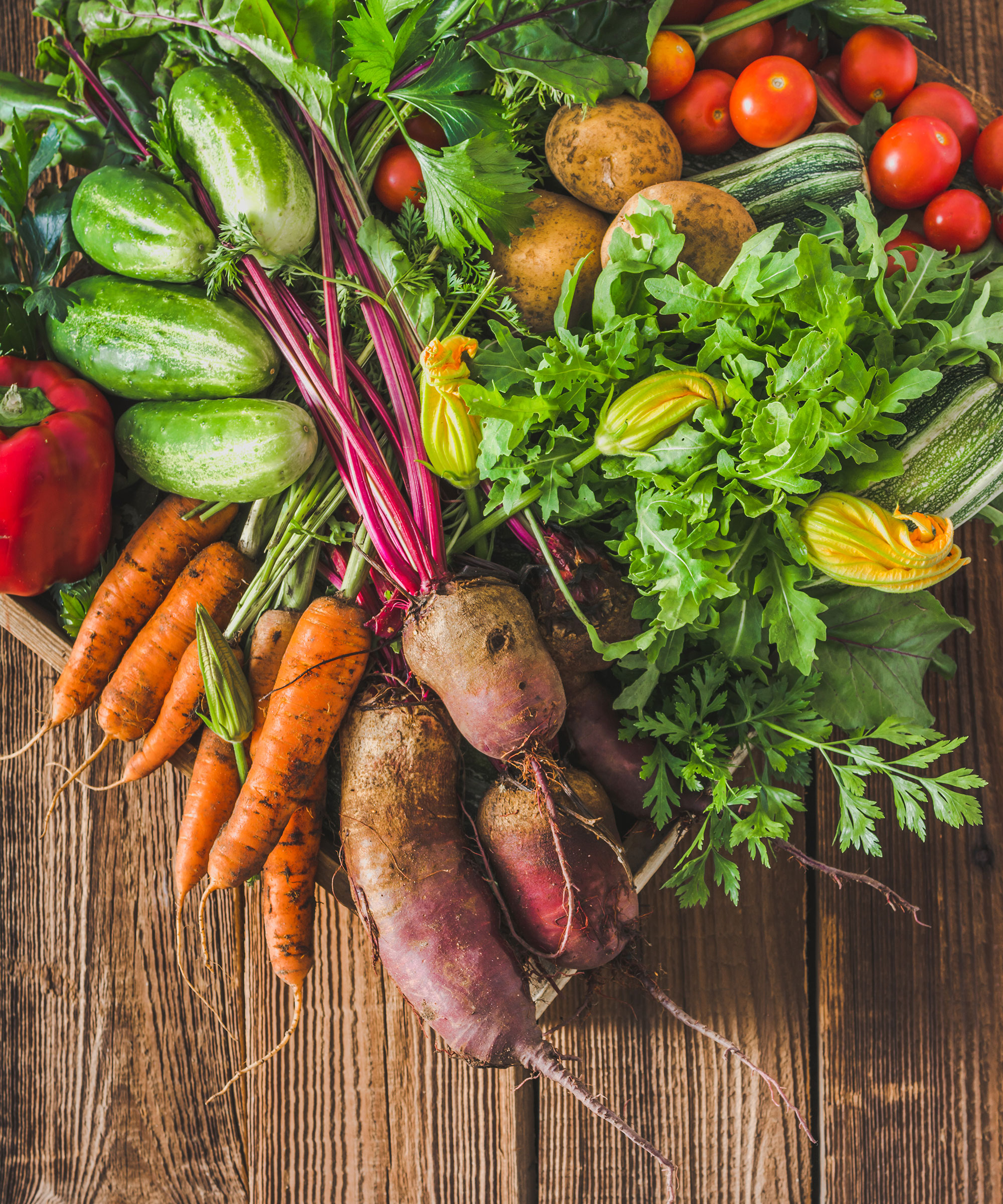
The first thing to remember is that if a plant is rated at zone 6, then it will also be hardy in warmer zones – zone 7 and warmer. For some plants there comes a point where the winter (or sometimes the summer) is too warm so some plants are rated, for example, Z6-9.
Also, the North American climate is changing – winters are becoming warmer. For many years I gardened in zone 5, but the latest revision of the USDA map, published in 2023, reveals that the garden is now assessed as Z6.
Plants growing permanently in containers are a special case. Any plant in a deck planter, patio pots, baskets, deck rail planters, or window boxes will be less tolerant of cold than the same variety planted in the ground.
Frost always chills the soil in containers more than it penetrates the soil in the yard, so varieties in containers are always a little more vulnerable in winter. So, when thinking about plants for permanent container planting, always choose varieties rated one zone warmer than the zone for the garden as a whole.
Deciduous trees
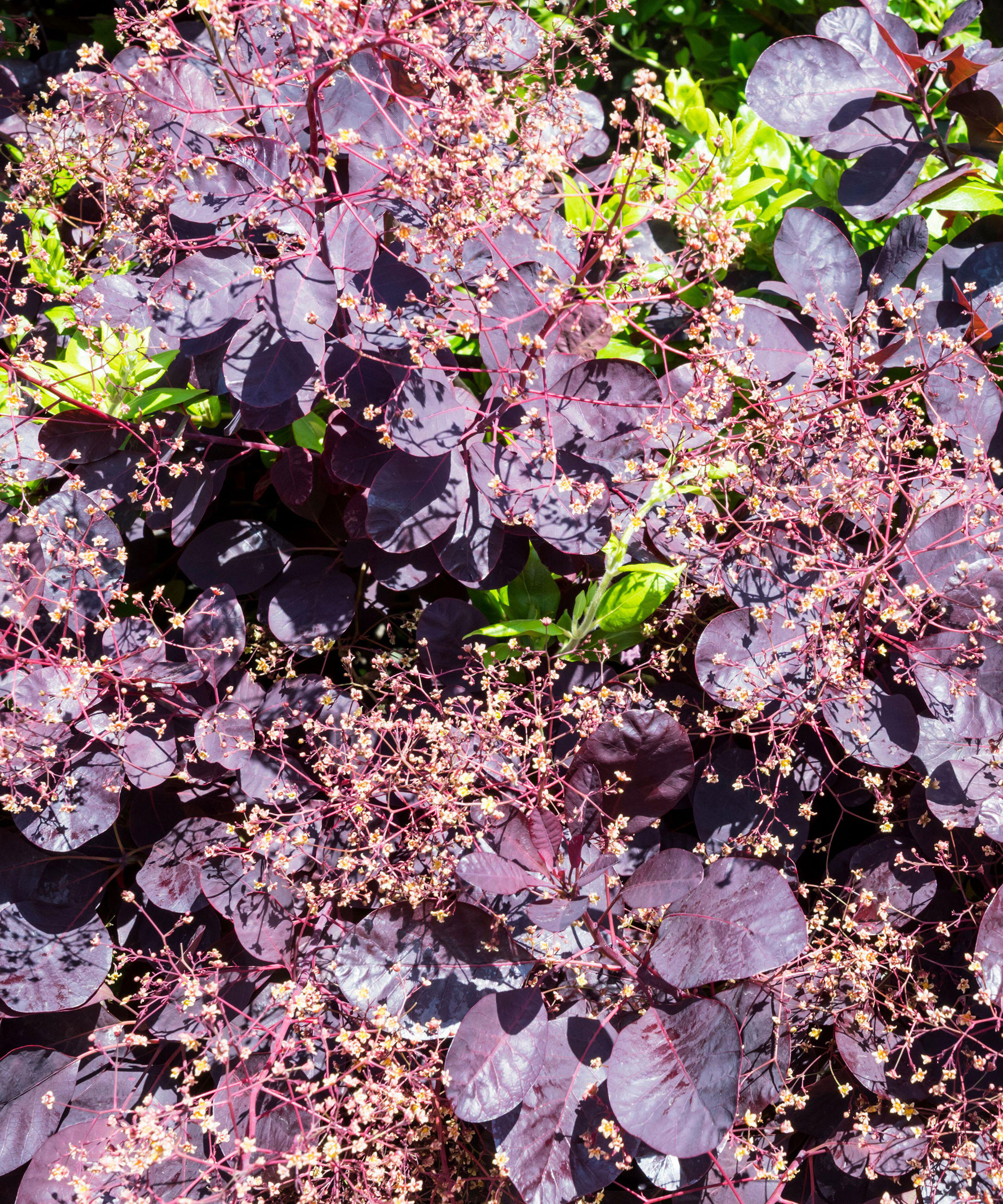
Japanese maple (Acer japonicum) This classic tree, an elegant choice for small yards, features reliably spectacular fall foliage color in fiery red, orange and yellow tones.
Silk tree (Albizia julibrissin) Long, delicate-looking, almost fern-like foliage and fluffy pink summer flowers are always appealing on this broadly spreading, drought tolerant tree.
Flowering dogwood (Cornus florida) An essential flowering tree, opening its large four-petalled red, pink or white flowers in spring. Can be stunning, but dislikes drought.
Also try: Japanese Eastern redbud (Cercis canadensis), Smoketree (Cotinus coggygria), Kilmarnock willow (Salix caprea 'Kilmarnock').
You can browse a range of deciduous trees available at Fast Growing Trees.
Evergreen trees
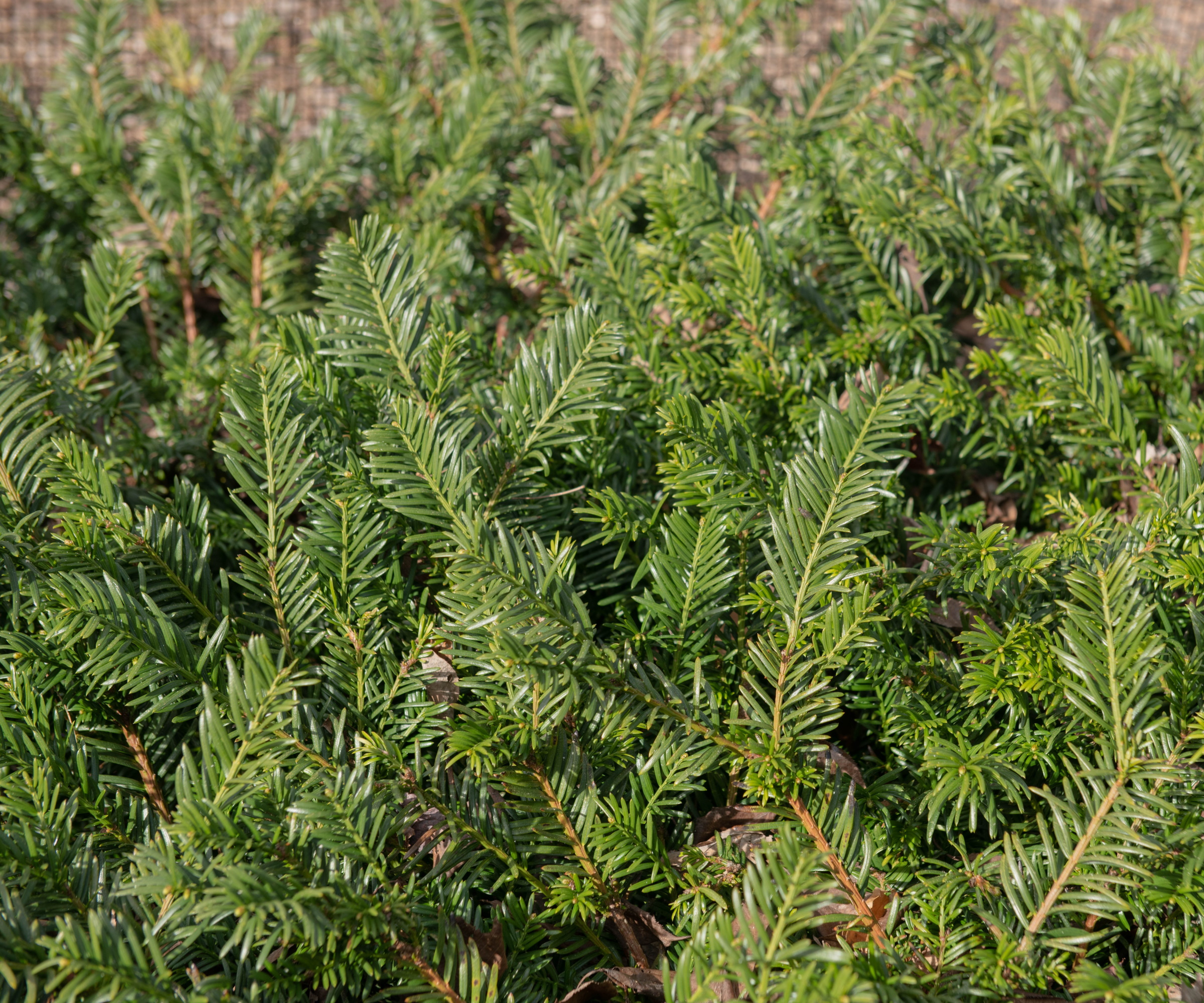
Nellie Stevens Holly (Ilex 'Nellie R. Stevens') This adaptable evergreen specimen tree features dark glossy green leaves with fewer spines than most hollies and carries generous crops of bright red berries.
Eastern red cedar (Juniperus virginiana) Many varieties available from narrow and upright to broader and bushy, choose the form that fits in best with you.
Southern magnolia (Magnolia virginiana) ‘Bracken's Brown Beauty’ is the variety well-suited to colder zones, its large creamy flowers are set against bold glossy leaves that are cinnamon orange below.
Also try: Weeping Blue Atlas Cedar (Cedrus atlantica ‘Glauca Pendula’), Japanese yew (Taxus cuspidata), Arborvitae (Thuja ‘Green Giant’).
There is a whole range of cedar trees available to order from Fast Growing Trees.
Deciduous shrubs
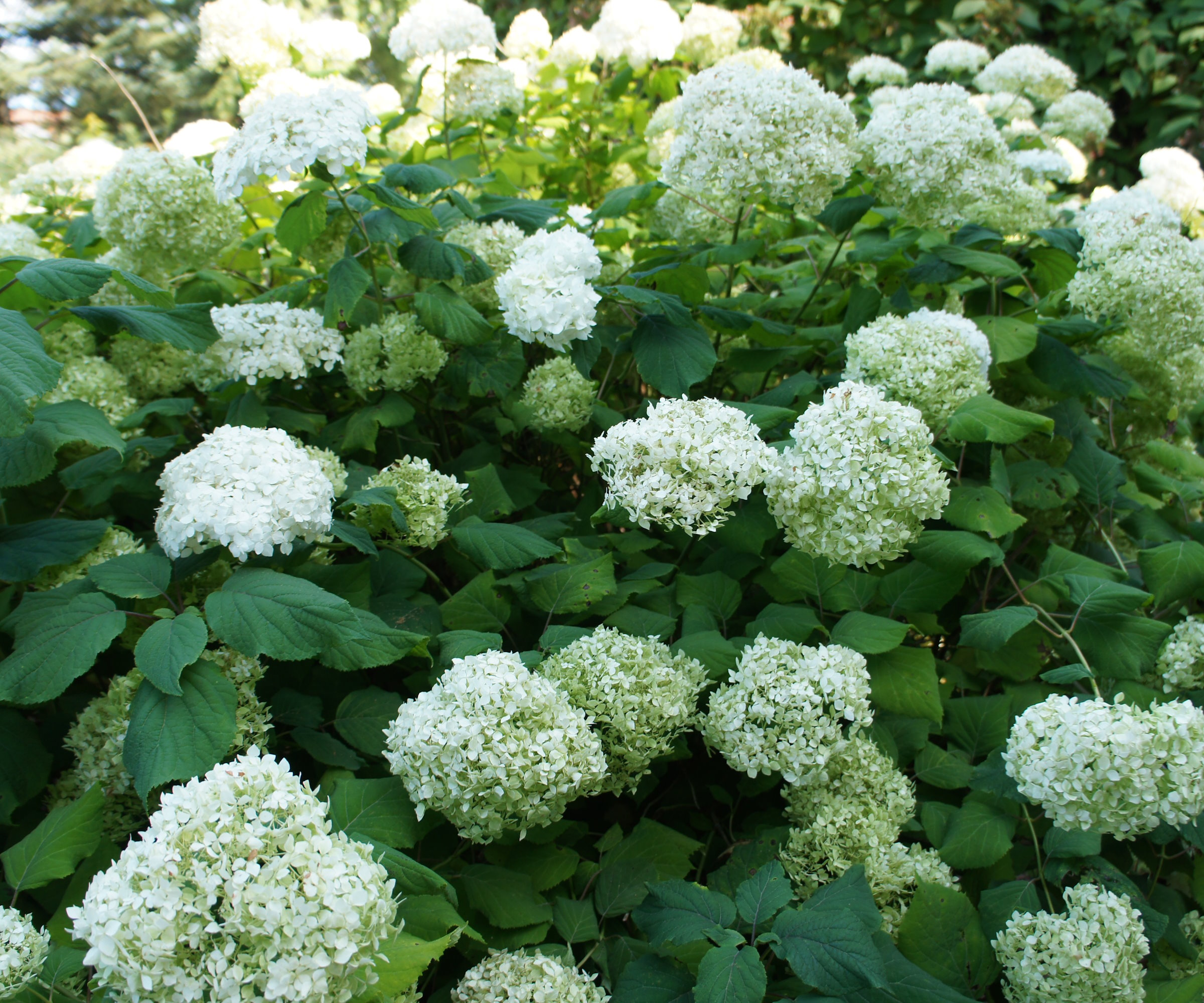
Butterfly bush (Buddleja) Colorful, easy-to-grow, summer flowering, butterfly favorites with fragrant spikes in purples, lilacs, pinks and white. Invasive in warmer zones, but non-invasive types now appearing.
Annabelle hydrangea (Hydrangea arborescens) Every year, new varieties of this neat and prolific shrub appear with rounded or lacecap flowers in pink or white.
Saucer magnolia (Magnolia x soulangeana) Stunning at peak bloom with its large upstanding goblets of purplish, pink, white or sometimes yellow spring flowers.
Also try: Witch hazel (Hamamelis), Mock orange (Philadelphus), Weigela (Weigela).
You can see a huge mix of hydrangea shrubs, including the Annabelle variety, at Nature Hills.
Evergreen shrubs
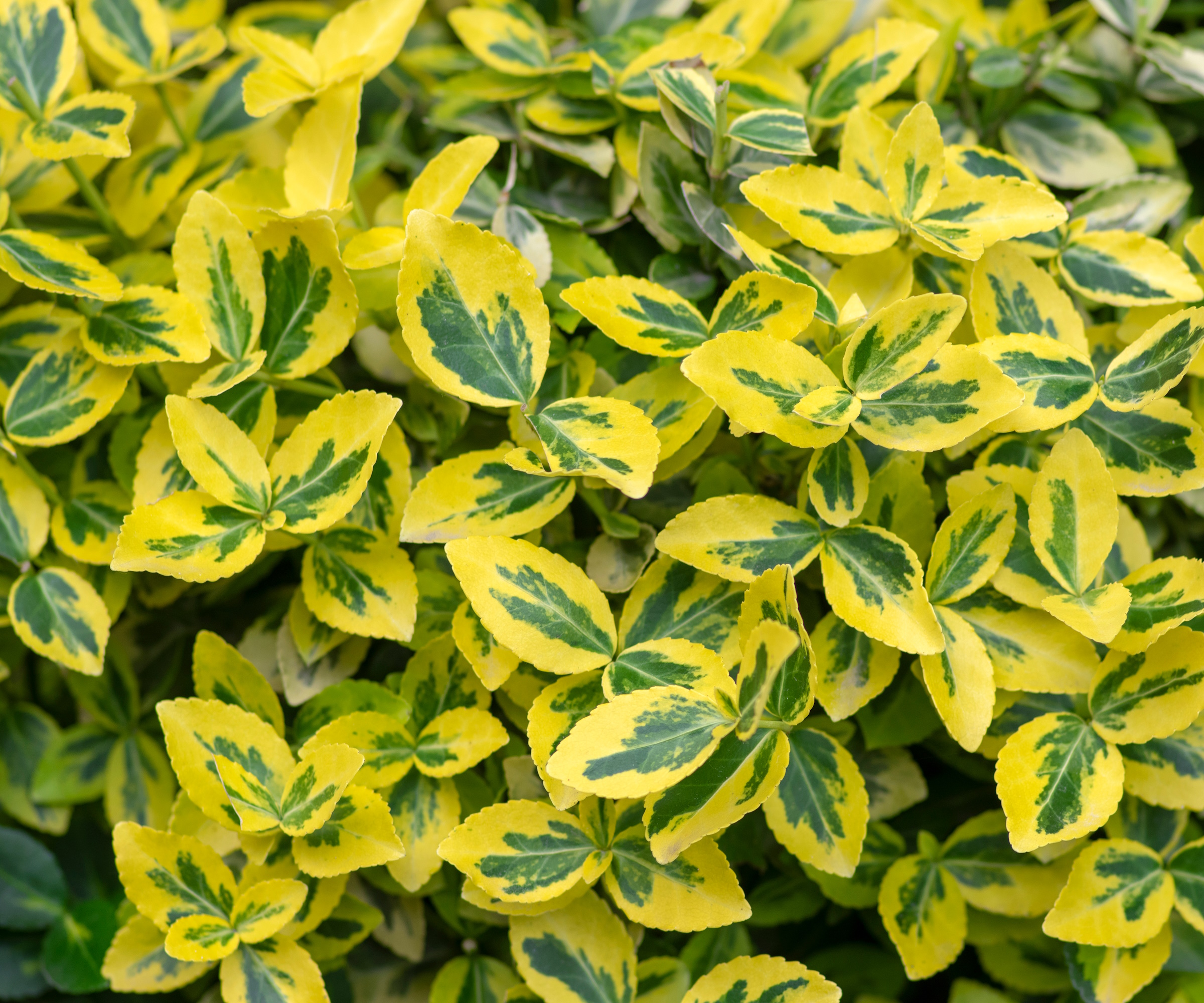
Japanese euonymus (Euonymus japonicus) Invaluable for its many forms with attractive gold- or white-variegated foliage. Like a larger, more upright and more colorful wintercreeper.
Andromeda bush (Pieris) Dependably deer-resistant with sprays of pretty white or pink spring bells. New growth is often attractively bronzed, makes an attractive specimen without pruning.
Rhododendron (Rhododendron) Many, many varieties from neat and bushy to strong-growing and almost tree-like. The clusters of large, funnel-shaped spring flowers can smother the plants.
Also try: Plum yew (Cephalotaxus harringtonia) Daphne (Daphne ‘Eternal Fragrance’), Lavender (Lavandula angustifolia).
Vines

Patio clematis (Clematis Boulevard Series) These modern varieties are far neater in growth than older types and the spring pruning (cut back hard) is simple. Many colors to choose from.
Trumpet honeysuckle (Lonicera sempervirens) Clusters of long red or orange summer flowers. Check non-native honeysuckles before buying as they may be invasive.
American wisteria (Wisteria frutescens) A vigorous, twining vine with shorter strings of paler blue/lilac flowers than exotic types but without their aggressive invasive tendencies.
Also try: Trumpetcreeper (Campsis ‘Madame Galen’), Climbing hydrangea (Hydrangea petiolaris), Climbing roses (Rosa).
Ground covers
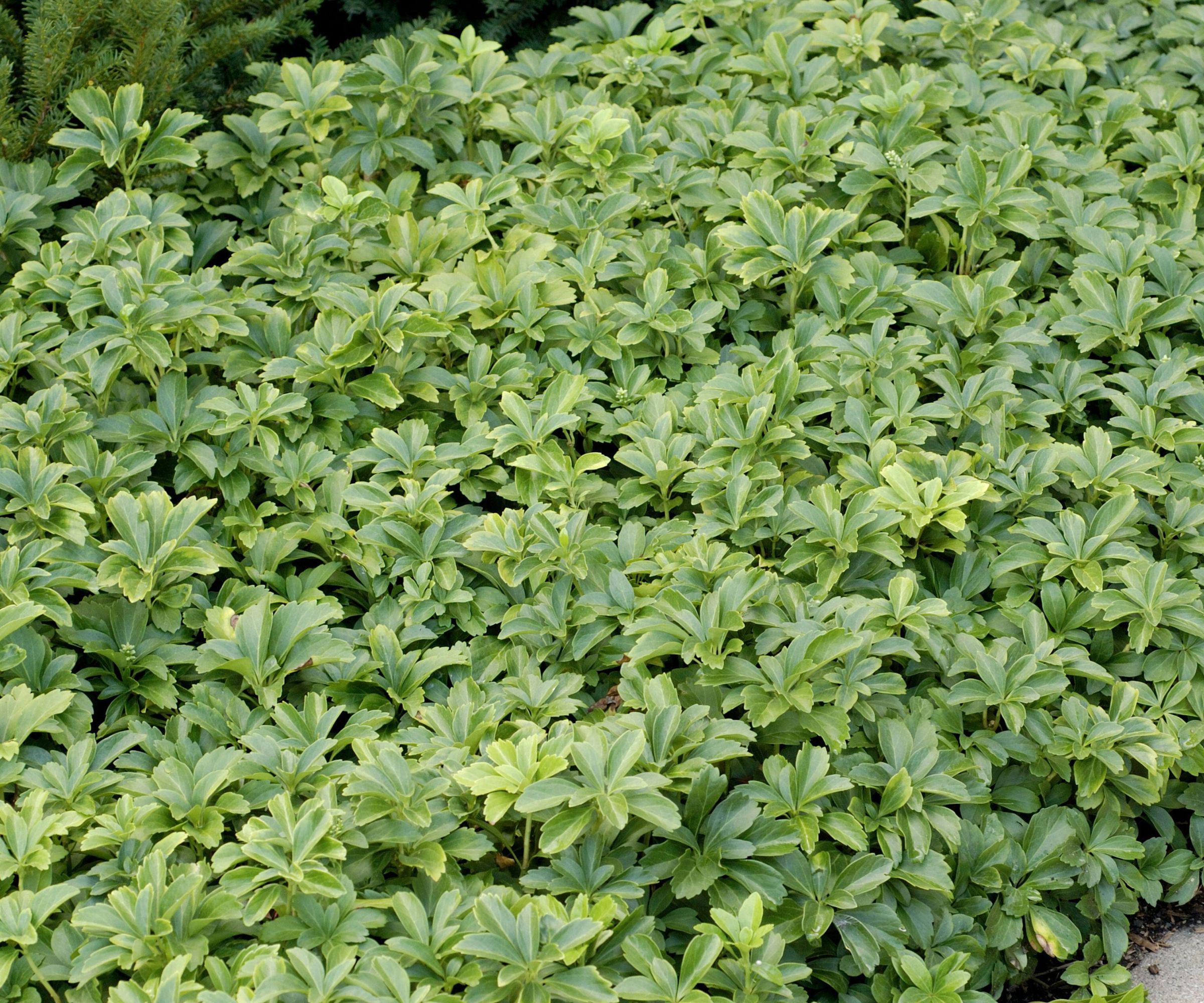
Pachysandra (Pachysandra terminalis) Low, steadily and relentlessly spreading and very effective under deciduous shrubs, pachysandra is widely planted for good reason.
English Laurel (Prunus laurocerasus) Glossy leaves, from 2in to 10in long, densely cover the plants, from 2ft to 10ft in height. Choose from an increasing range of varieties, all with upright spikes of spring flowers.
Oso Easy roses (Rosa Oso Easy Series) The ten varieties of low growing, ground covering roses with spreading, weed-smothering growth are easy-to-grow and disease resistant.
Also try: Sweet Woodruff (Galium odoratum), Creeping Wintergreen (Gaultheria procumbens), Golden Japanese Forest Grass (Hakonechloa macra 'Aureola')
Sun perennials
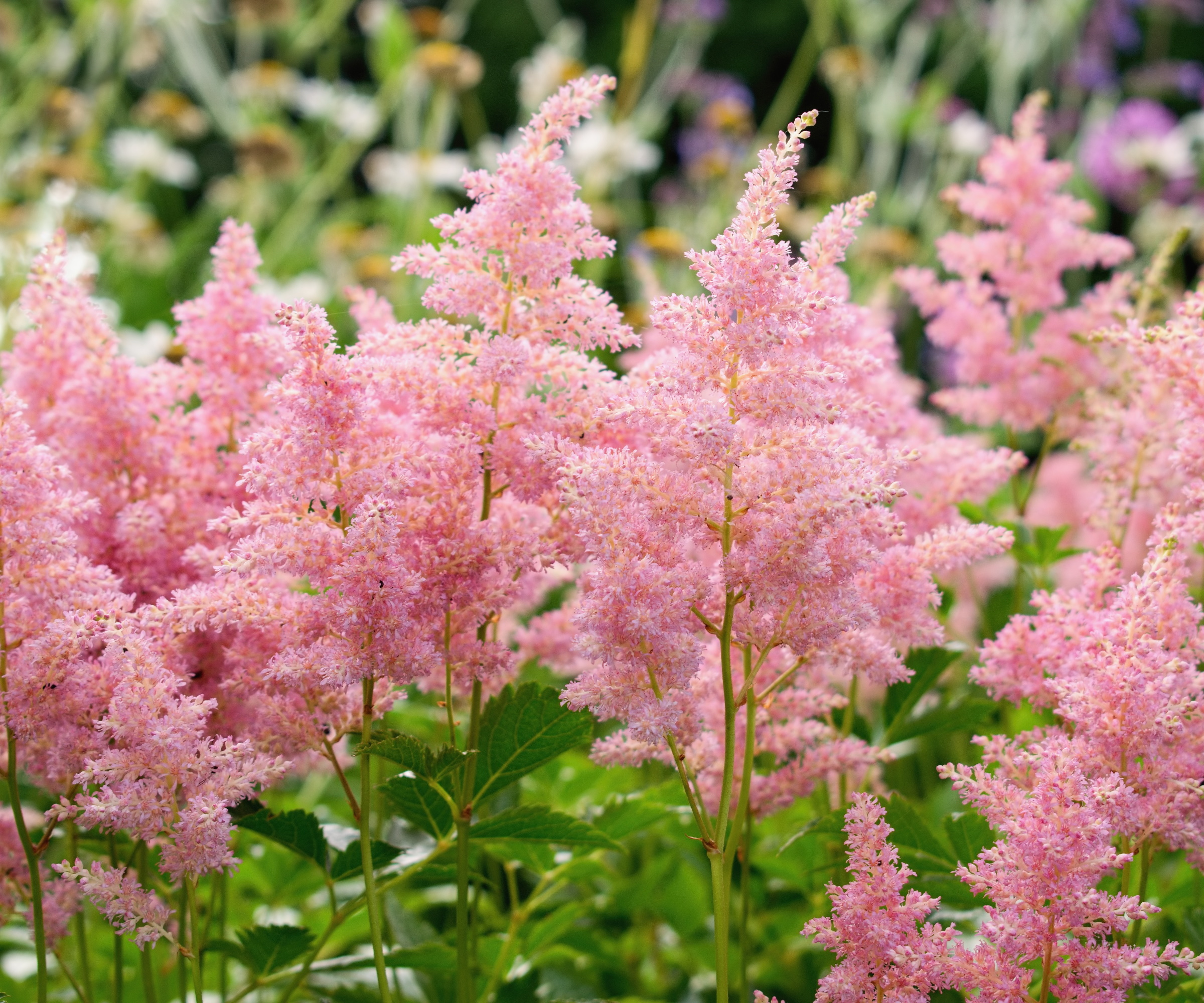
Rose mallow (Hibiscus) Enormous, trumpet-shaped summer flowers in purples, reds, pinks, bicolors and white will astonish you, your neighbors and passers-by – such huge flowers on well-behaved plants.
Siberian iris (Iris sibirica) Elegant, clump-forming, moisture-loving irises for sunny sites, they bring long, pointed, slender leaves and flowers mainly in blue and patterned shades.
Bee balm (Monarda) Bee balm needs sunshine and moist soil to help prevent end-of-season disease, modern varieties are neater and more disease resistant than older types. Check the tags.
Also try: Yarrow (Achillea), Astilbe (Astilbe), Peonies (Paeonia)
You can find the glorious astilbe 'younique lilac' at Burpee.
Shade perennials

Perennial forget-me-not (Brunnera) Bold, heart-shaped leaves – prettily patterned in silver in the best varieties - the clouds of small, blue or white flowers are like tiny forget-me-nots.
Male fern (Dryopteris) Bold fronds look lacy and delicate but are tough and dependable and look good with the bold or slender leaves of hostas or sedges.
Hosta (Hosta) Almost America’s favorite perennial (daylilies just beat them), the range of foliage size, shape and pattern is astonishing – and a few also feature fragrant summer flowers.
Also try: Evercolor sedges (Carex Evercolor Series), Hardy geranium (Geranium varieties), Hellebore (Helleborus)
Spring flowering bulbs
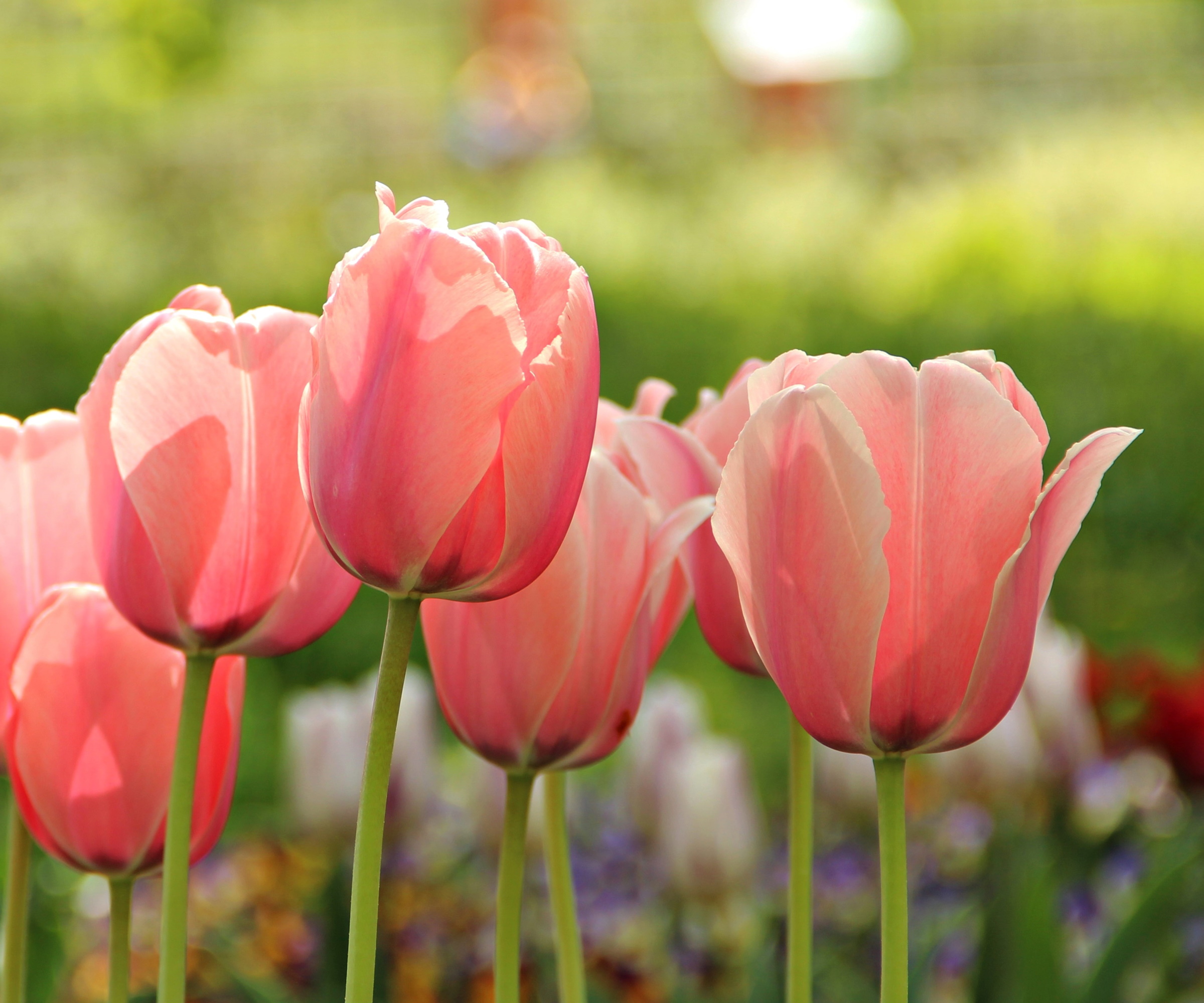
Quamash (Camassia) Starry flowers in shades of blue, or in white, open in upright spikes. Good in damp borders and in rough grass. Usually spreads steadily.
Daffodil (Narcissus) Those familiar yellow trumpets are also available in orange and creamy and white tones – plus bicolored varieties. All are easy to grow – it’s all a matter of taste.
Tulip (Tulipa) Available in every color except blue – but including black and some bright or pastel color combinations, those elegant goblets are especially impressive planted in tight clumps.
Also try: Hardy cyclamen (Cyclamen coum), Crown imperial (Fritillaria imperialis)
Summer flowering bulbs

Dahlia (Dahlia) Winter hardy in zone 8, in zone 6 winter will kill the bulbs so plant in spring for a stunning summer display and keep cutting or dead-heading every few days.
Bearded iris (Iris) For a combination of elegance, color and dependability these summer stunners are the top choice. Dwarf types flower first then taller, larger flowered varieties flower later.
Lily (Lilium) Those bold stylish trumpets in so many colors and color combinations look wonderful emerging through the foliage of perennials. Look for varieties with fragrance.
Also try: Tuberous begonia (Begonia x tuberhybrida), Summer hyacinth (Galtonia), Louisiana Iris (Iris)
Native trees and shrubs
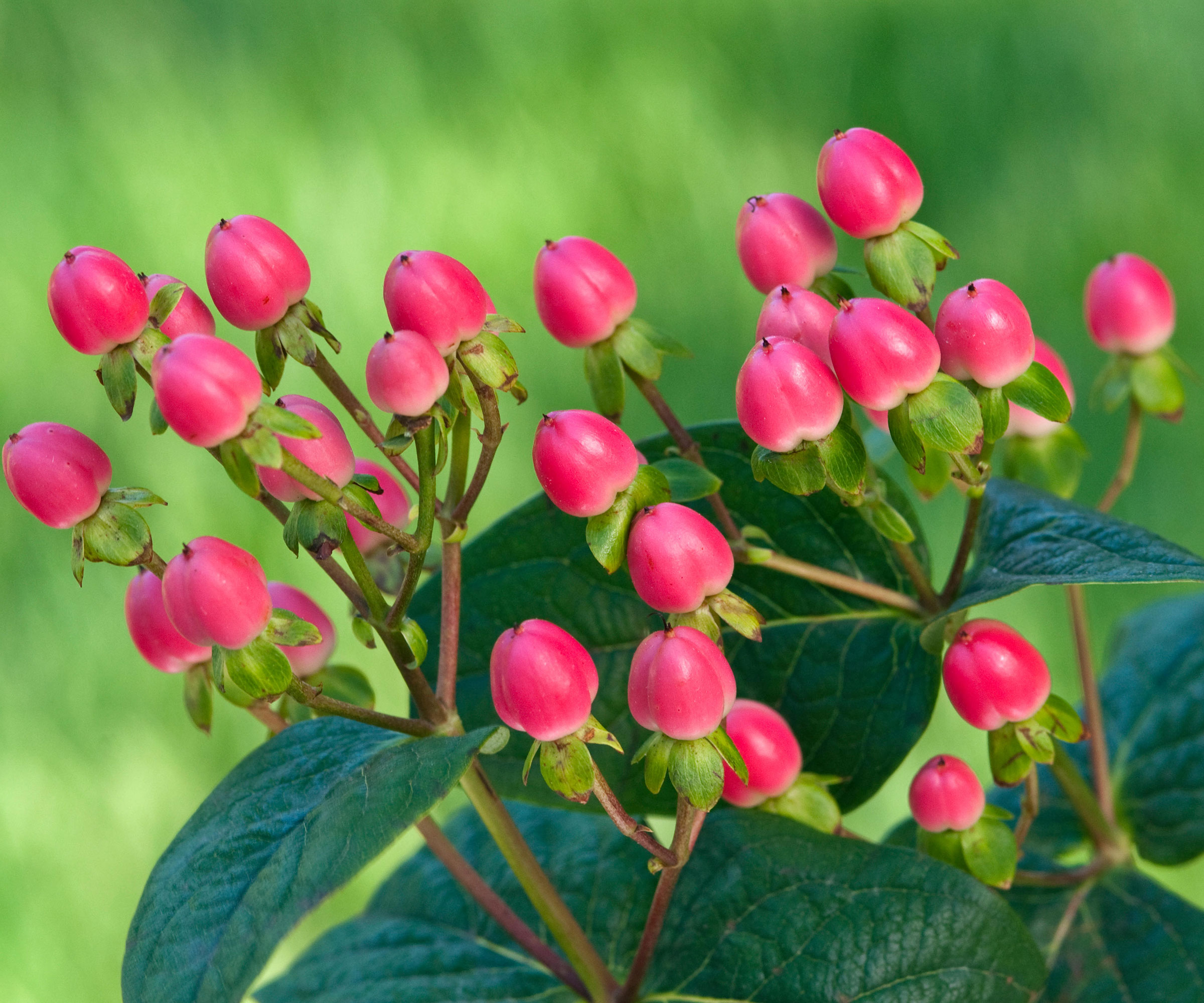
American holly (Ilex opaca) Develops into an attractive, cone-shaped large shrub or small tree, with shining evergreen foliage and persistent red winter berries
Winter currant (Ribes sanguineum) Colorful spring shrub with pendulous strings of red, pink or white flowers. Happy in light shade, more prolific in full sun.
Snowbell (Styrax americanus) Spring flowering shrub or small tree, with flared white bell-like flowers swinging from the spring branches. Happy in shade, dislikes drought.
Also try: Red buckeye (Aesculus pavia), Shrubby St John’s wort (Hypericum prolificum), Sweetspire (Itea virginica).
Native perennials
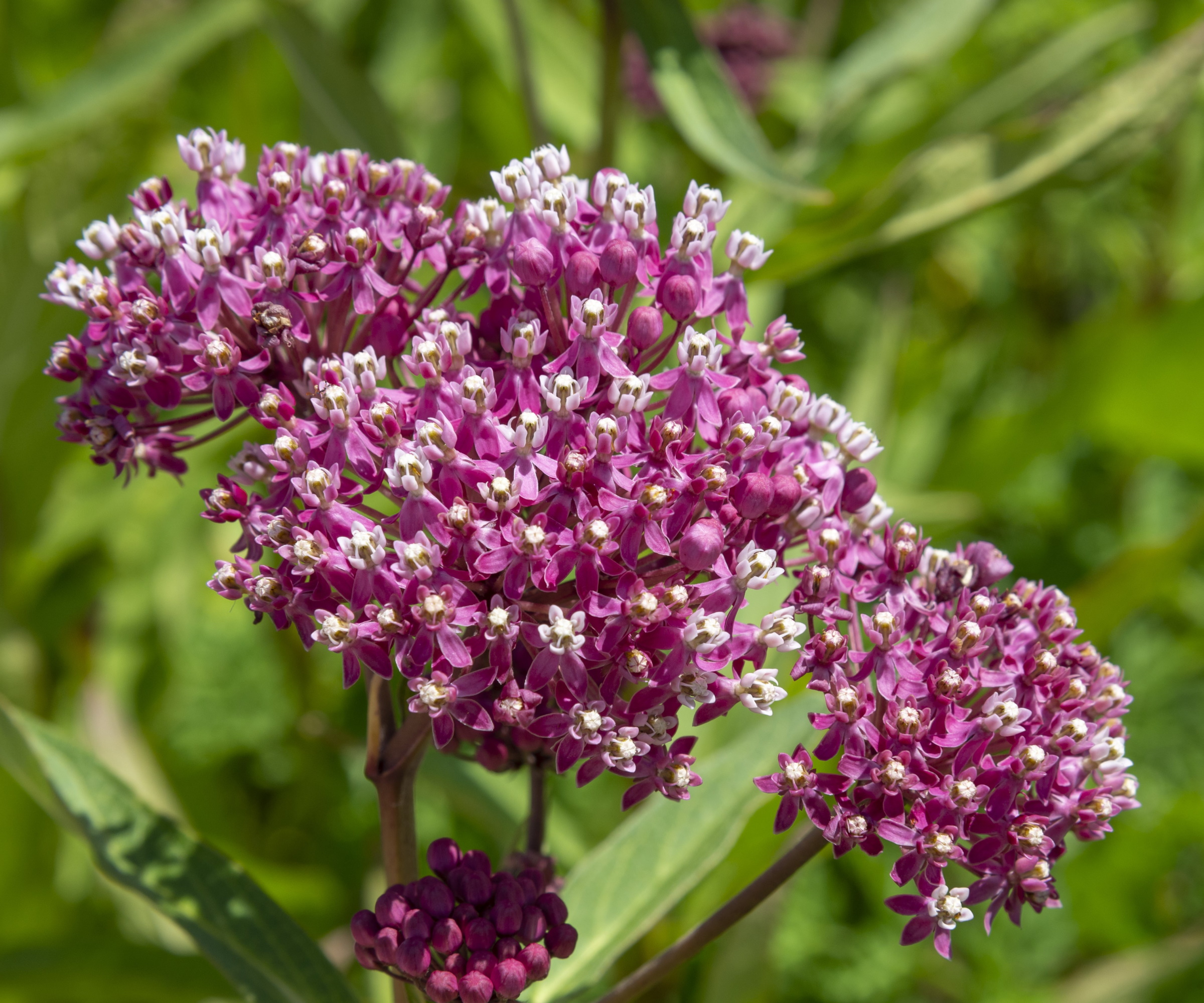
Blue star (Amsonia hubrichtii) Small starry blue flowers make a colorful summer show, then the mounds of slender foliage turn brilliant yellow and gold for a long and fiery fall foliage display.
Milkweed (Asclepias tuberosa) Vivid orange summer flowers produce unusually large crops of nectar attracting a large range of insects, as well as hummingbirds. Does well in poor soil.
Coneflower (Echinacea) The classic coneflower comes with large, upward facing flowers now in a very wide range of colors from purple to white and scarlet to lemon yellow.
Also try: New England Aster (Aster novae-angliae), Tickseed (Coreopsis), Joe pye weed (Eutrochium maculatum)
Annuals
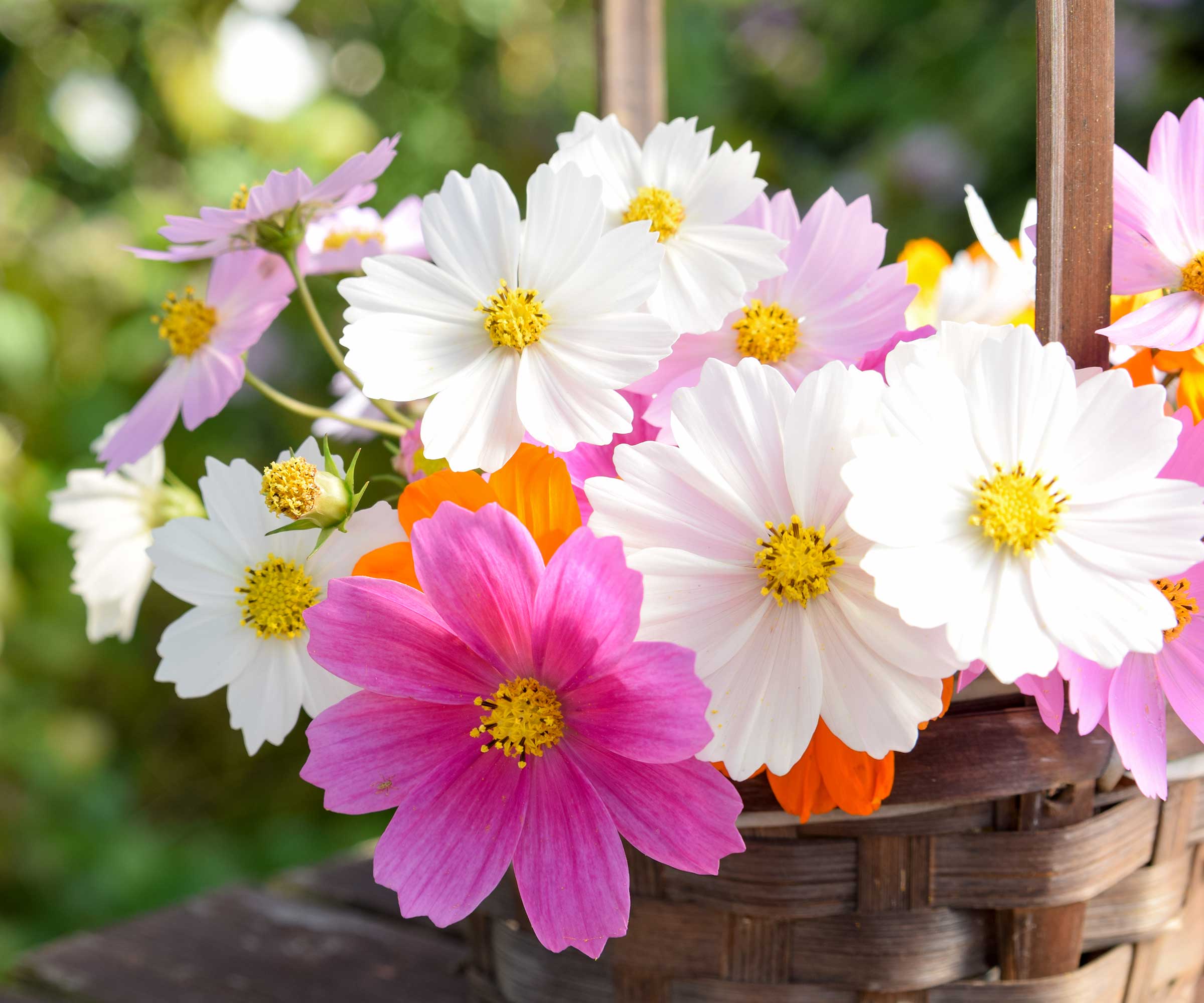
Wax begonia (Begonia semperflorens) Neat plants with shining green, or rich bronze, foliage setting off the long season of scarlet, pink or white flowers. Ideal in small deck containers.
Fuchsia (Fuchsia) Ballerina-like flowers sway from the branches all summer on plants that can be upright, bushy or semi-trailing. Some also feature variegated foliage.
Geranium (Pelargonium) Slightly woody, bushy or trailing plants, some with aromatic foliage, feature rounded heads of flowers all summer.
Also try: Cosmos (Cosmos), Morning glory (Ipomoea), Sweet pea (Lathyrus odoratus).
Vegetables
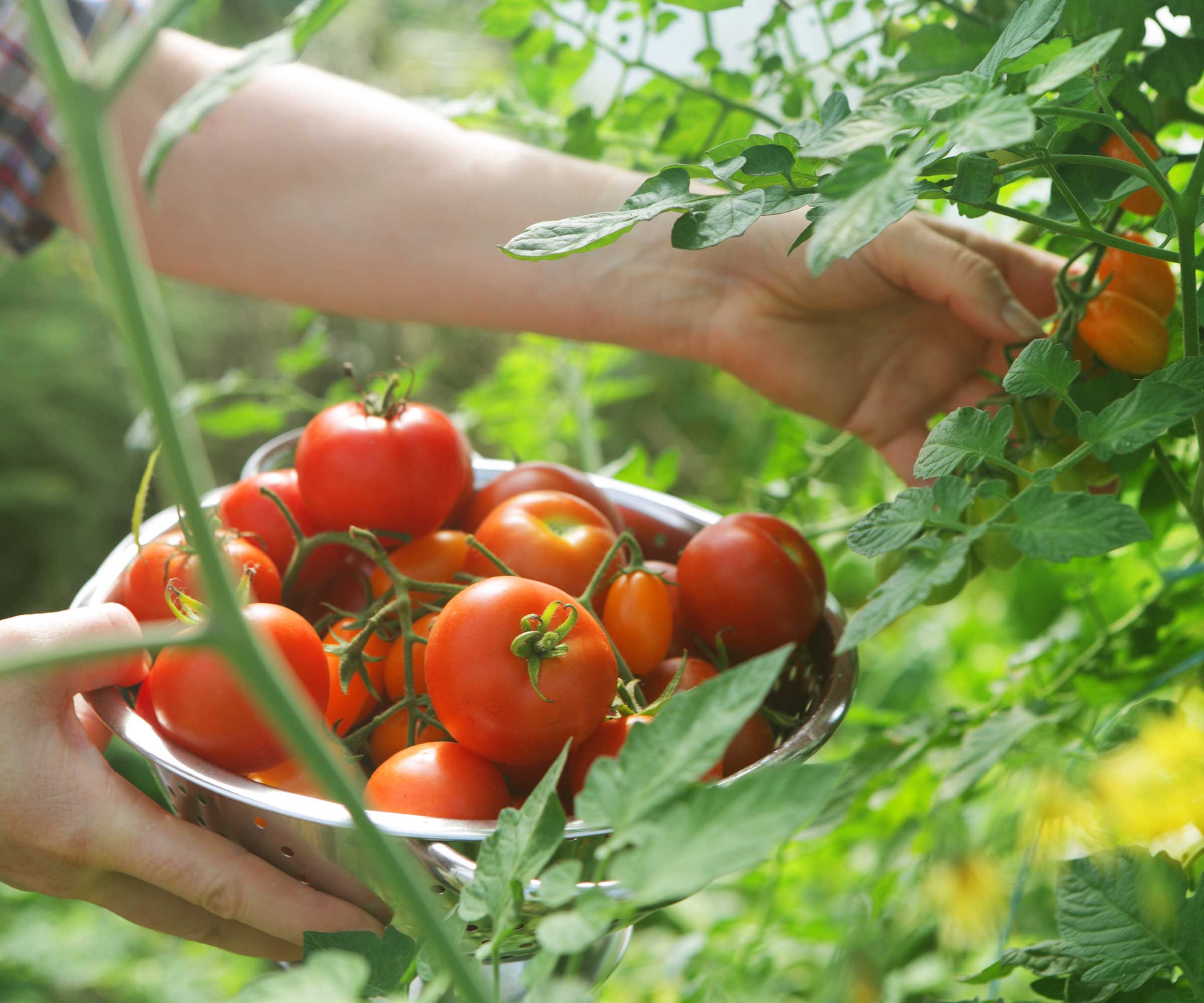
Chard and spinach Quick growing, and nutritious, grow as cut-and-come-again seedlings or allow to mature. Many chards now come with colorful leaf veins.
Tomatoes Start seeds in a warm pace indoors, or buy plants from a local nursery. Bushy, rather than upright, varieties often produce the best crops.
Kale Another to crop when the plants are small, or leave to develop into larger and more productive specimens – mature plants have good winter frost resistance,
Also try: Cucumber, potatoes, zucchini,
Fruits
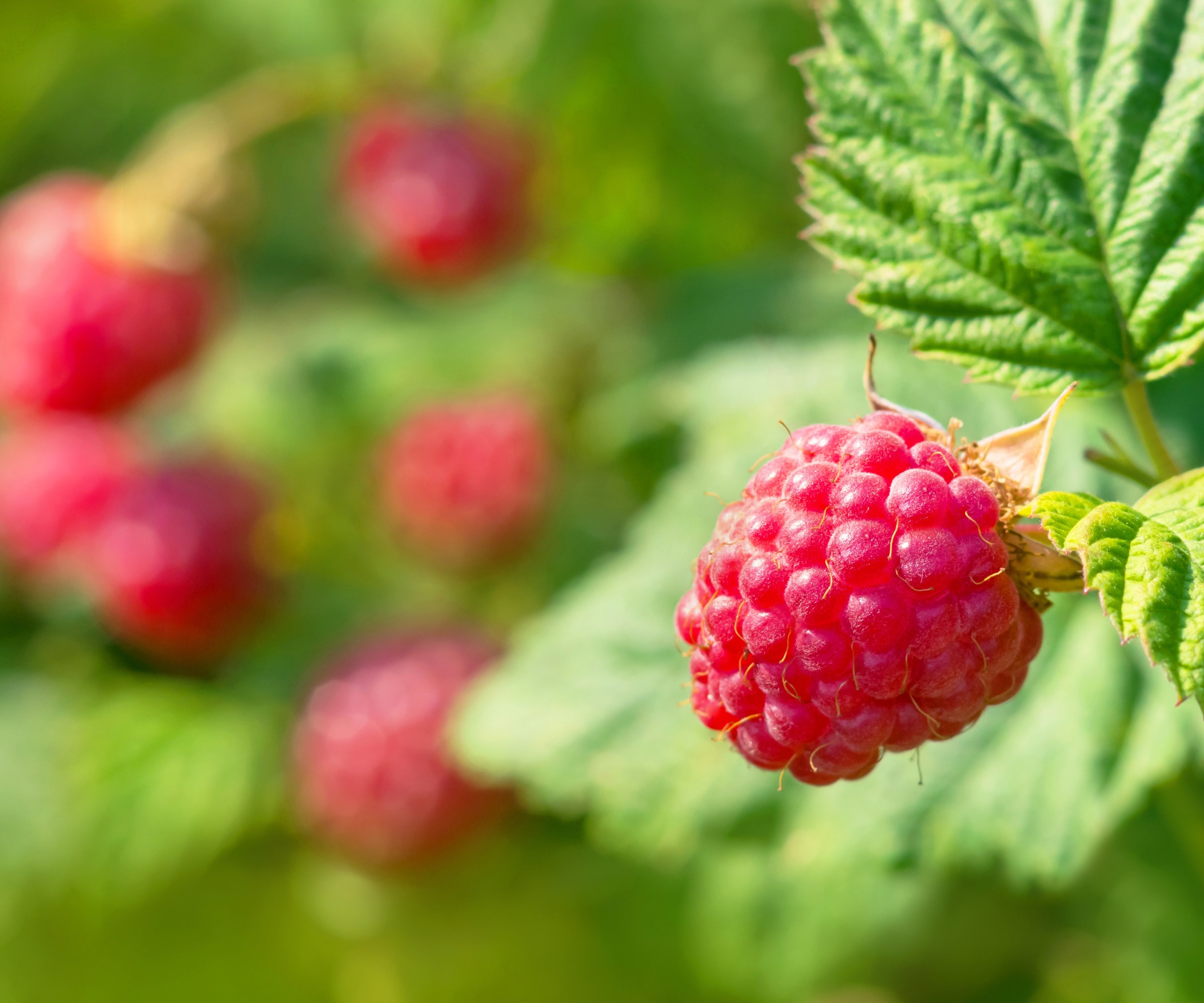
Apricots From your own yard? Yes, please. Check locally for guidance on the best varieties and plant them in a site shaded from early morning sun.
Grape vines Grapes to eat fresh from the vine, or to make into delicious home-made wine – but remember that they will probably need protecting from birds.
Raspberries Perhaps the most adaptable and tolerant of all fruits, try the black-fruited varies as well as the usual red.
Also try: Apples, pears, strawberries
Many of these wonderful plant and tree varieties can be grown in pots. For more inspiration you might enjoy these container garden ideas - though remember to choose plants rated one zone warmer than where you live to be sure they will survive the winter.







